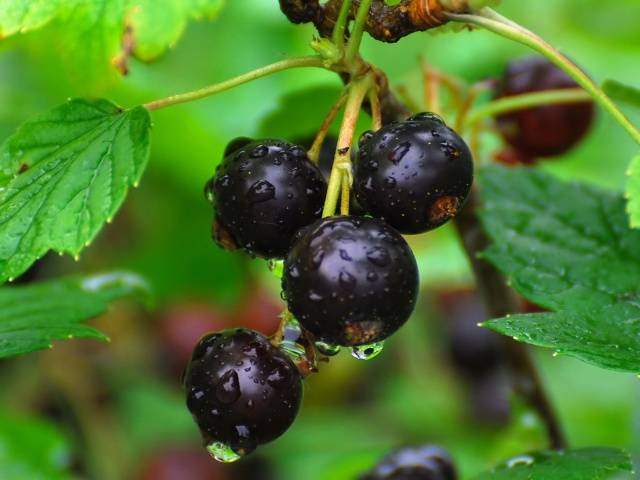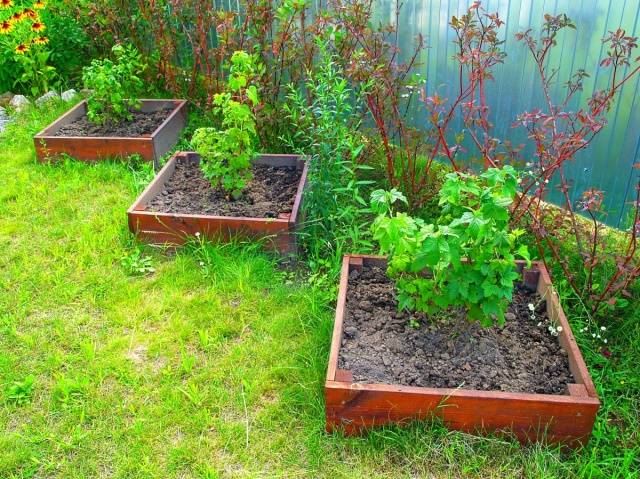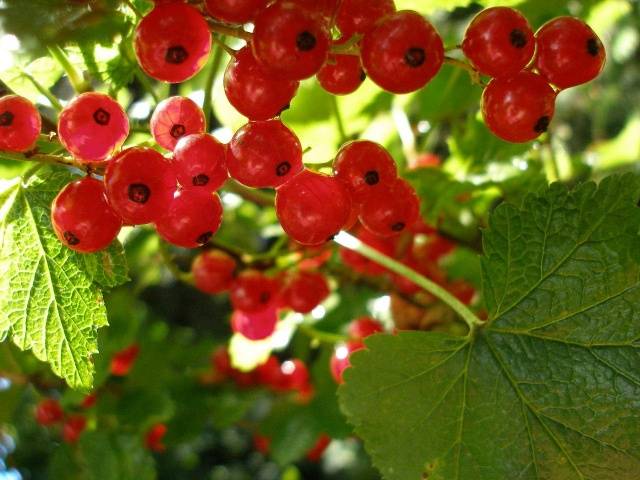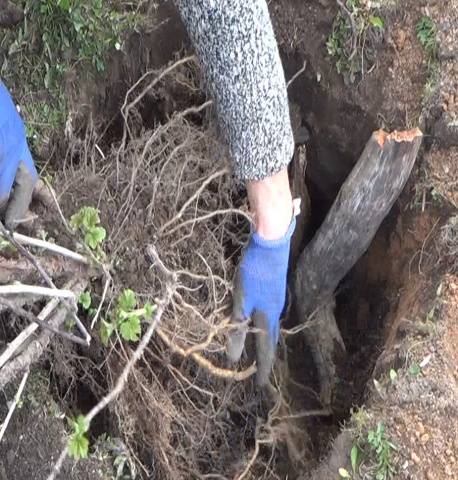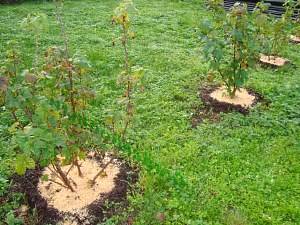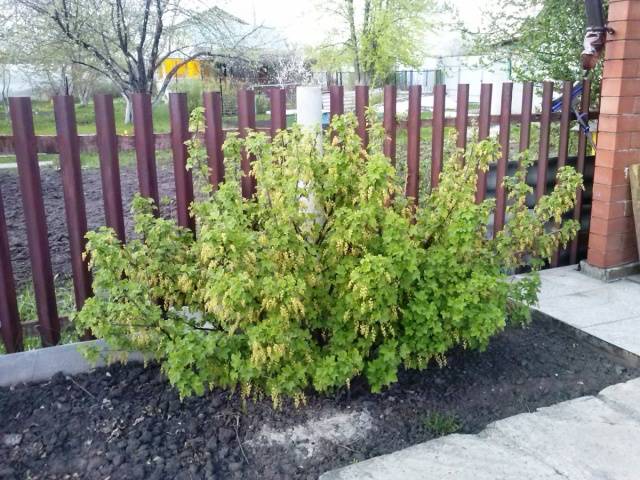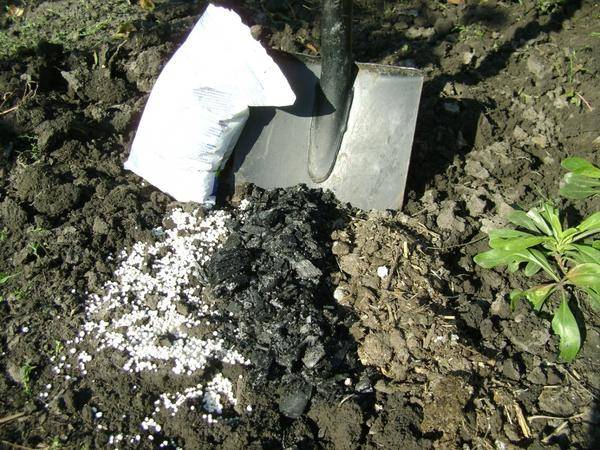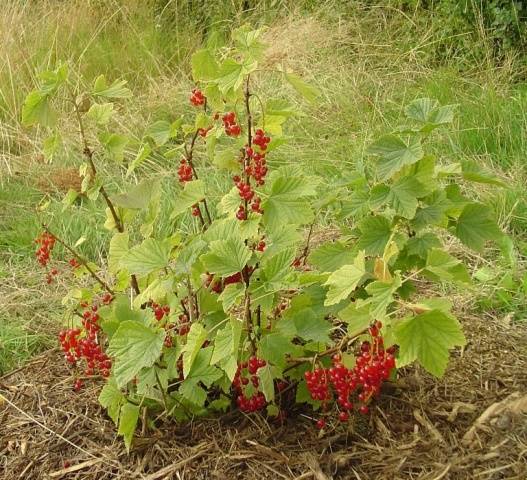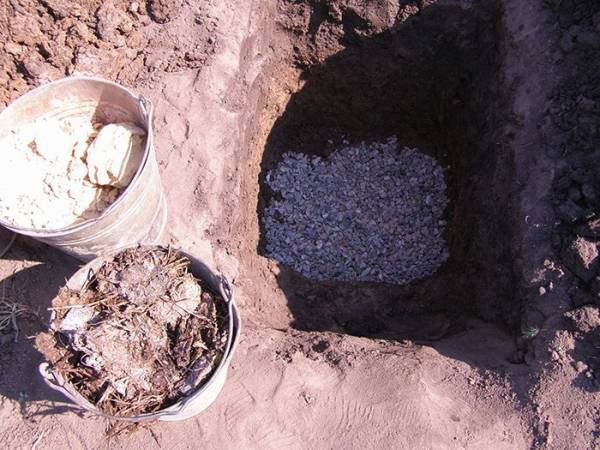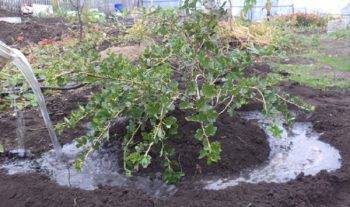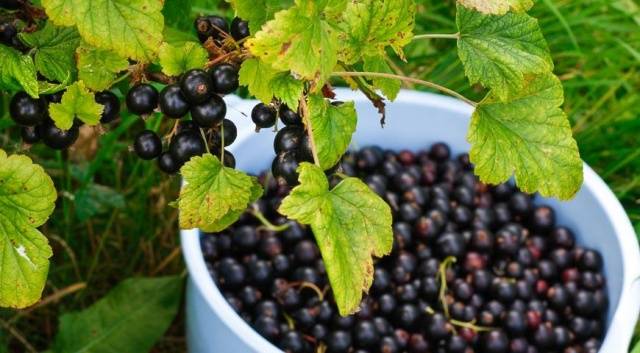Content
Many gardeners are aware of such cases when they have to transplant shrubs on their site. One of these plants is currant. Black, red, white or green-fruited - this berry is very widespread in the country and suburban areas of the country. The shrub, in fact, is unpretentious, takes root well on almost any soil, gives stable yields and requires a minimum of attention.
You can learn from this article about why you need to transplant currants, and how to properly transplant currants on your site.
Why do you need a transplant of currant bushes
With the planting of newly purchased shrubs, everything is clear - they need to be planted in the ground as early as possible. But why would it be necessary to transplant black currants, which have been growing in the same place in the garden for many years?
There may be several reasons for transplanting black or some other currant:
- transplanting currants in the fall for reproduction of the variety you like;
- in order to rejuvenate an already aged bush;
- if it is not possible to cure the plant from some kind of infection or get rid of the parasite;
- when new buildings appeared on the site, trees and a vineyard grew, giving shade and interfering with the full development of the currant bush;
- in order to thin out overgrown currant bushes, some of them also need to be transplanted;
- another transplant is a good way to increase the yield of the berry, because the soil under the berry bushes is very depleted.
What should be the ideal place for a bush
The requirements for a new place in currants are quite high, they also depend on the type of plant: it is a red currant, black or more exotic, white and green.
Black currants can be planted in almost any soil, but red currants are best planted in soil with a high sand content. This is due to the fact that this shrub has more increased requirements for the level of soil moisture - red currants do not like excess water, as they often suffer from fungal infections and rot.
The general requirements for the site under the transplanted bushes are as follows:
- The place should be sunny. Any currant loves the sun very much, perhaps the red-fruited loves it a little more. If a black berry can be planted in partial shade, then red currant bushes are planted only on the southern side of the site in an open area. Usually, planting red currants in the fall is carried out in a mixture of sand and soil.
- It is good if the site for planting is on a plain. The lowland area is completely unsuitable for planting bushes, here the plant will begin to ache, and its roots will simply rot. Currants are also not placed too high, because the bush suffers too much from the wind, and moisture quickly leaves the ground.
- Potatoes, corn or beans should be chosen as precursors for currants; you should not plant a bush where there is a lot of weed or the intertwined roots of previous perennials.
- There should be enough space between the transplanted shrub and fruit trees or other shrubs on the site.Currants are too susceptible to various infections and pests; they are easily infected from other plants.
- Light loamy soil is most suitable as a soil. The acidity of the earth should be neutral or slightly alkaline. If these indicators do not meet the requirements, you will have to work with the composition of the soil when replanting currants.
When to transplant currants
There are several opinions as to when exactly to transplant currant bushes. And this can be done almost at the entire stage of the plant's growing season: in summer, autumn or spring.
It is considered that less traumatic for the plant will be that transplant, during which the movement of juices in the shoots is slowed down, and the shrub itself is in a state of "sleep". So, when is it better to transplant currants: in spring or autumn. Here gardeners' opinions differ the following reasons:
- Spring - plant awakening time. If you manage to transplant the bush before its shoots and roots wake up, the juice will begin to move, the plant will transfer the transplant well enough. But the shrub will no longer be able to bear fruit in the current season, since all its strength will be spent on adaptation in a new place. On the other hand, winter frosts are not terrible for a bush that is not strong after transplantation - this is a strong "trump card" of spring.
- for autumn a weakening of the strength of all plants, a decrease in their immunity is characteristic, but it is noted that in this state shrubs and trees tolerate transplantation much easier. For currants transplanted in the autumn, fruiting is characteristic already in the next season, that is, the gardener will not lose a single crop. The roots stop their growth by winter, so the autumn transplant should be done 30-35 days before the onset of severe frosts - so the currants have time to take root in a new place.
Which month is better to choose for a transplant
Depending on the season in which it is supposed to plant a new bush or transplant an old one, they are determined with the exact date of planting. For those who prefer to plant currants in the spring, it is better to stay in the month of March, or rather, planting is carried out from 10 to 20 March. This period is characterized by thawing of the earth and the first truly warm spring rays. The juices have not yet had time to move in the plant, which is especially favorable for transplantation.
To the question: "Is it possible to transplant currants at another time?" the answer is unequivocal: "You can." The only thing you need to pay attention to the weather in the region, namely, on soil temperature - it must be above 0... There are winters when in mid-February the ground is already completely thawed and warmed up - you can plant shrubs.
If you decided to transplant the currant bush in the fall, it is better to do it before mid-October, until the severe frosts begin. Previously, it is not worth doing this, since the transplanted bushes can grow due to the high air temperature. A later planting threatens with freezing of poorly rooted currants.
How to prepare a place for transplanting a currant bush
Two to three weeks before the intended planting of the shrub, it is recommended to prepare a place for it. To prepare properly, follow these steps:
- Dig up the site, remove all roots, weeds and other debris from the ground.
- Taking into account the size of the bush, dig holes for currant bushes.The diameter of the hole should be about 60 cm, and the depth should be about 40 cm.If transplanting a bush with an earthen lump is planned, the hole should be made larger.
- At least 150 cm are left between adjacent pits, since currant bushes strongly interfere with each other.
- If the soil is heavy, it is necessary to organize drainage in the holes. This is especially true when transplanting red currants, which are afraid of moisture stagnation. For drainage, broken brick, crushed stone or pebbles are laid out at the bottom of the pit.
- The earth must also stand before transplanting currants, prepare the soil in advance. First, the upper sod layer is poured into the pit from the same land that was dug for the holes. Then add a bucket of compost or well-rotted humus, 200-300 grams of superphosphate and a liter can of wood ash. All components of the soil mixture are mixed well and left for a couple of weeks.
Preparing currant bushes for transplanting
Not only the land, but also the currant itself must prepare for transplantation to a new place. It is recommended to prepare the bushes for the "move" in advance, because the preparation includes pruning branches, which is very traumatic for the plant, and it still has to acclimatize in a new place.
Shrubs should be shortened to a maximum height of 0.5 meters. To do this, cut out all the old stems, and shorten the young ones by about a third of the length. There should be at least three weeks between pruning and replanting!
Now the bush is dug in to a depth of 20-30 cm, retreating from the trunk 40 cm. They take the lower part of the bush and try to pull the plant up. It is impossible to pull on the branches, if the currants do not give in, you need to simultaneously cut off all the lateral roots with a shovel.
After extraction, the plant is examined, paying special attention to the roots. Rotten, diseased and dry roots are cut out. Pests, larvae are identified, and they are also removed along with a part of the root.
If the plant is infected, you can immerse its roots in a 1% solution of potassium permanganate for 15 minutes for disinfection. The currants are transported to a new place on a tarpaulin or thick film.
How to transplant currants in the fall to a new place
You need to transplant the shrub correctly:
- At the bottom of the prepared hole, a mound of earth is formed. Water this soil with two buckets of water.
- The bush is positioned relative to the cardinal points in the same way as it grew in the previous place, so that the branches of the plant do not bend.
- Transplant the currants into the hole, making sure that the root collar is 5 cm below ground level.
- Keeping the plant in weight, they begin to sprinkle the roots with earth.
- So that the roots do not end up in the voids, the currants are shaken several times, thereby compacting the earth.
- Thoroughly compact the soil around the transplanted bush.
- A shallow trench is dug near the trunk and about 20 liters of water is poured into it. Watering should be done gradually, making sure that the water is evenly absorbed into the soil.
- The dug trench and the trunk circle are mulched using peat, straw or dry leaves.
- Within two weeks, if there is no rain in the region, the currants need to be watered. Do this every other day, pouring out two buckets of water each time.
We transplant the currants correctly, and we get high yields of tasty and healthy berries!
And in more detail about how to transplant currants to a new place in the fall, this video will tell:
